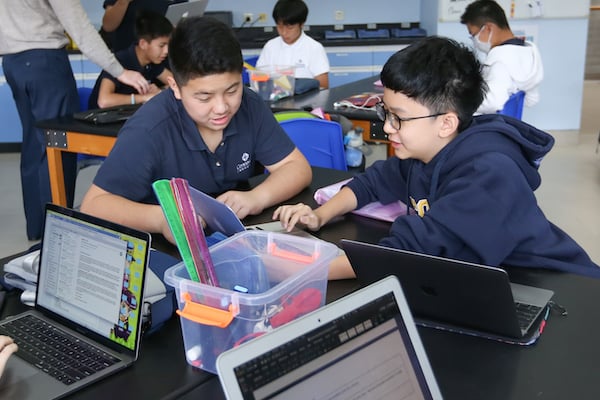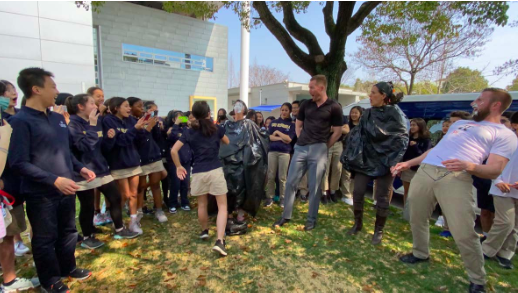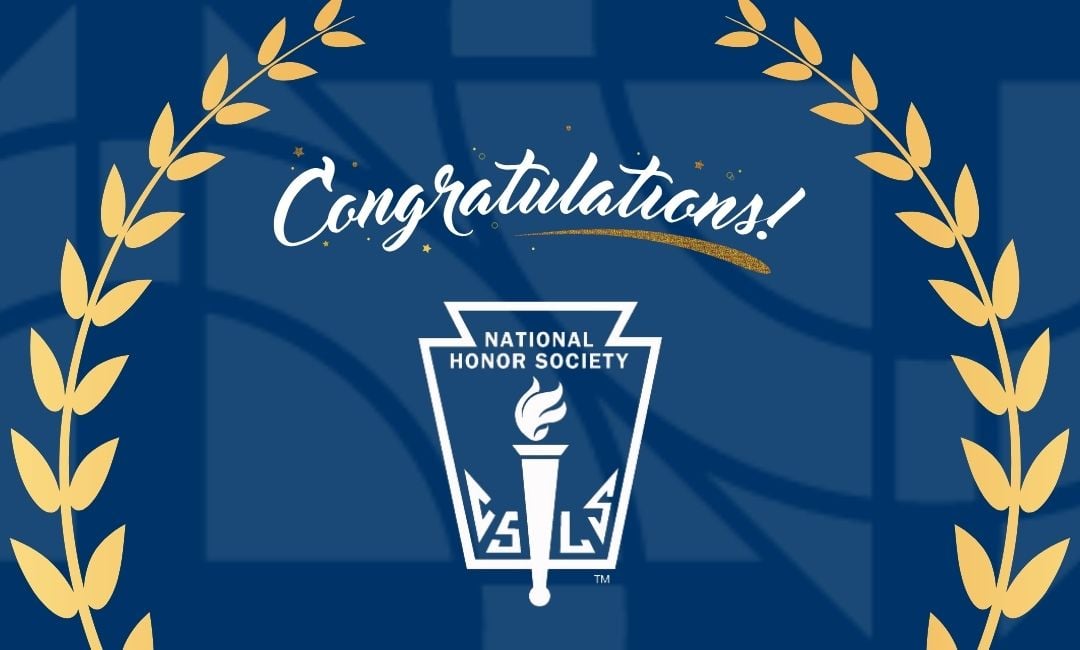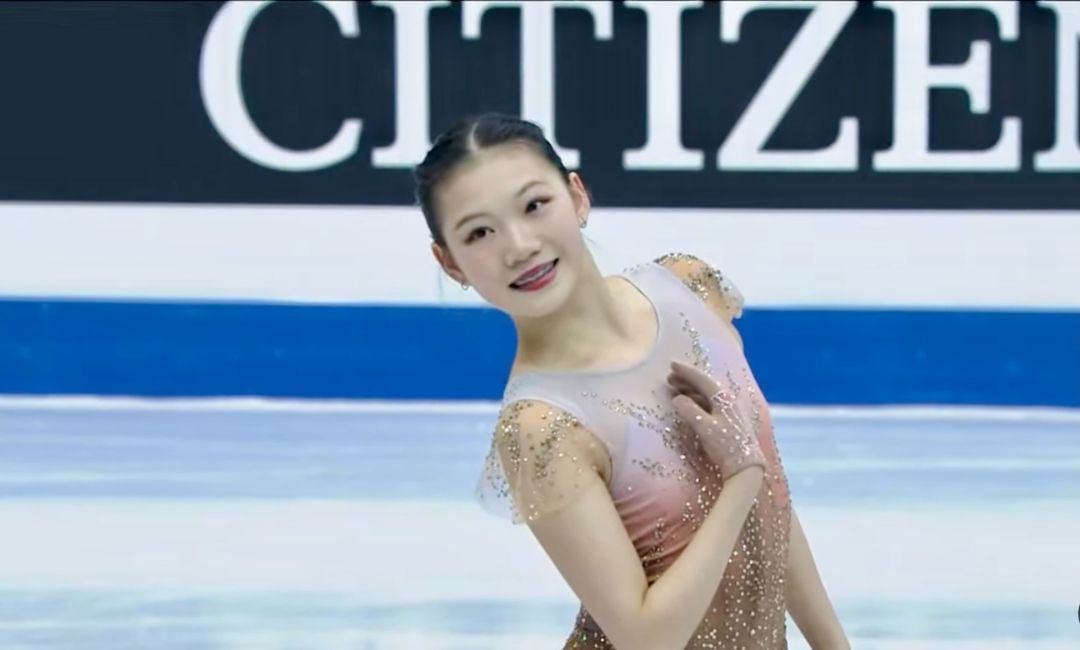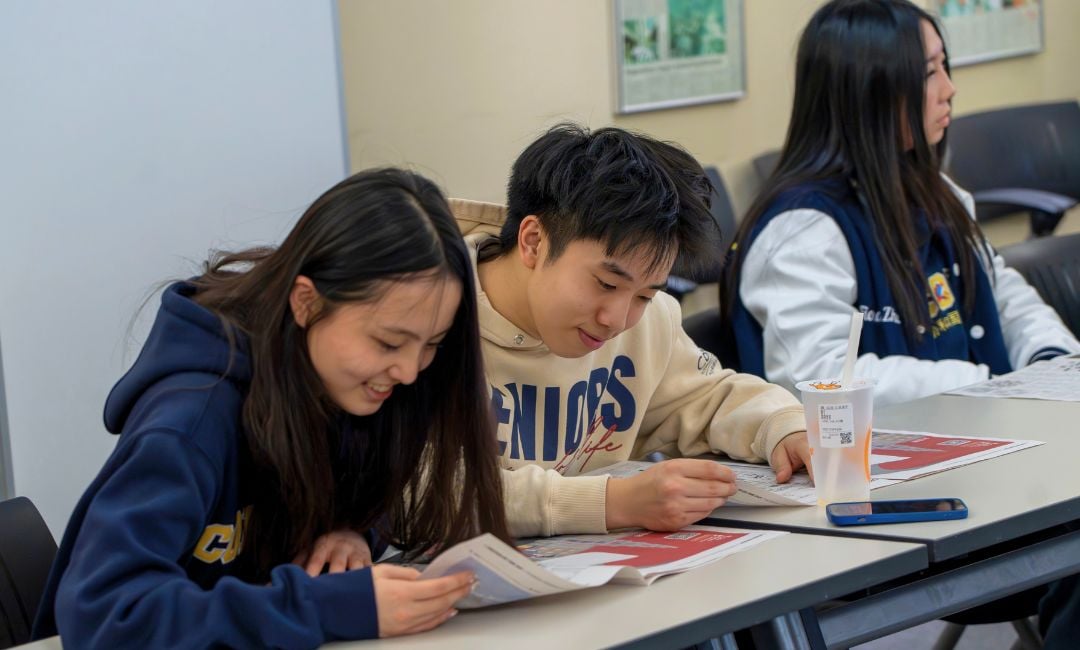Math has always been a subject that attracts much attention from parents. They want to know: How and what are students learning in math class? What materials are they using? How do we best foster student interest in math and STEM?
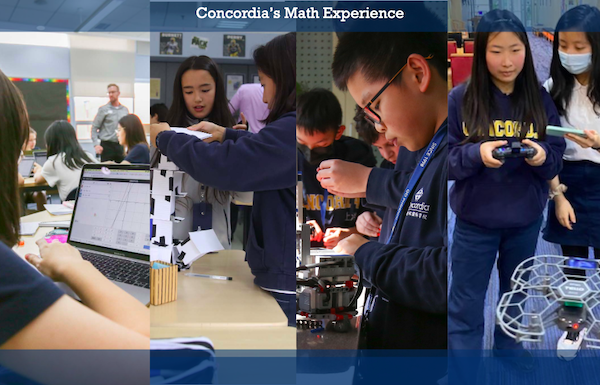
To help shed some light on these and other important questions, our middle school principal, assistant principal and one of our middle school math teachers recently shared with parents a comprehensive overview of Concordia’s Middle School Math program.
Philosophy and Aim
Our philosophy surrounding math education is one of balancing scaffolded mathematical skill development that is both rigorous and relevant to the learner. To this end, our MS math program is divided into two phases.
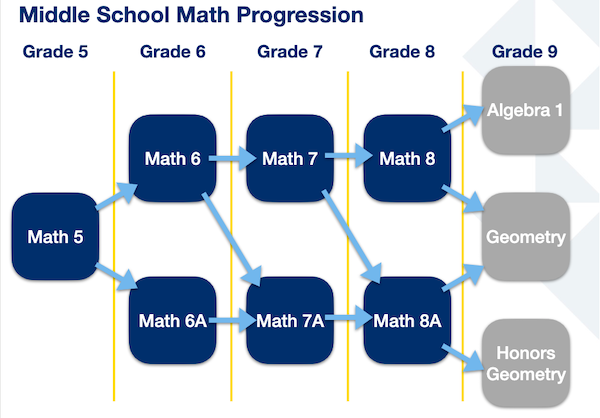
In Grade 5, students continue building on the mathematical proficiencies they acquire in elementary school through Bridges in Mathematics, a standard curriculum designed for Kindergarten to Grade 5 students.
When transitioning to Grade 6, students shift to our Connected Math Program (CMP), which is a problem-centered approach that uses inquiry to support mathematical skill development and its connection to other disciplines.
As introduced by Assistant Principal Mrs. Lisa Hawkins, the aim of MS Math Program is to balance mathematical skill, along with a deep conceptual understanding and doing it in a context or with problems and activities.
Supporting Pillars of the Math Program
The two pillars that support our students learning are:
- mathematical skill development
- deep conceptual understanding
There are two approaches to teach math. The older teaching method is called direct instruction, under which students copy what’s on the board, do some math on their own and, through repetition, look to retain the relevant knowledge. With this approach, students often retain the knowledge in their minds long enough to take a test and then often forget it when they move on to next unit.
According to math teacher Mr. Muir, Concordia Middle School adopts a classroom instructional teaching model that forms a student’s conceptual understanding in mathematical ideas. The goal is not only that they can solve math problems, but they know the “why and how” and have the ability to transfer their knowledge into new situations and apply it to new contexts.
Designing effective and collaborative math classes
Math classes in Concordia Middle School are carried out through a problem-based approach, which incorporates problems in a real-world context, making math relevant, interesting and engaging.
In a problem-based program, teachers start a unit by launching a problem/investigation and inspiring students with initial ideas and questions. After having time to think and explore, students work in groups, discussing and exchanging ideas.
The class then comes back together to summarize the connections that students learned and the patterns that they saw emerging, in order to form different solutions that they use to solve the problem. Internalized, lasting knowledge is acquired as a result of student engagement and richer and deeper connections to the material are formed. Knowledge acquired through active learning, exploration and application won’t be easily forgotten even after the unit is finished.
Example: G8 Algebra Classroom - How we learn various algebraic relationships (linear, inverse, exponential and quadratic)
Investigations
- What do you think is the relationship between the length of a bridge and how strong it is?
- Or the thickness of a bridge and how strong it is?
The Process
Students work in teams to...
- Come up with initial ideas and think about factors that would relate to the relationships they are trying to solve.
Next, they test their theories by...
- Making bridges and building a test for the thickness
- Observing what happens as it gets thicker
- Recording the data
- Graphing the data out to see linear relationship or inverse relationship
The class comes back to…
- Learn procedural skills such as writing equations.
- Connect real-world knowledge with textbook and tests.
Ways to Assess Students’ Knowledge
Mr. Muir also shared the comprehensive ways in which we assess a student’s understanding of the knowledge presented. Throughout the math unit, there are “unit checkups” to see how well students have understood new concepts, mastered necessary skills and to figure out whether remediation is needed.
Alongside this, we have a special form of quiz called Partner Quizzes, which allows students to take a quiz together. The focus of Partner Quizzes is not only on math skills but also other soft skills like effective communication, which is an essential life skill.
After finishing each unit, we have Unit Tests to assess the students’ cumulative knowledge and Unit Projects to give students an opportunity to show their full mastery of knowledge in a real-world context by applying the relevant math skills.
Extra practice is also assigned as after class homework.
Making Math Fun Beyond the Classroom
We enjoy getting students outside of the four walls of the classroom, so we are always looking for ways to engage them in experiments that allow them to make connections to their other classes. “It's a real interdisciplinary approach,” says Mr. Muir.
Bring Fun to Math - Example: Pie Day Celebrations
Additional Opportunities to Engage in Math
Parents often wonder about the other opportunities to learn math outside the classroom, and in Concordia Middle School, we have this covered through a variety of supplementary math and STEM-related activities.
In-School
We provide students opportunities to extend and apply their learning in Math through competitions such as the High Four Math Competitions.
This year’s performance: Concordia students took 1st-4th positions in the G6-8 division.
Outside of School
Concordia has a variety of STEM CCAs that are aimed at helping kids experience the wonders and joys of math, science, engineering and technology.
Aerospace, Coding, Robotics, Math Olympiad, Math AMC8
“Middle school is a time for students to build confidence and explore,” says Mrs. Hawkins. We provide many early exposure opportunities in STEM, including elective offerings for our Grade 7 students which include courses such as Maker/Design, Program/Coding and Engineering/Robotics-- all of which provide additional chances for students to expand and strengthen their math skills.
